Government negligence: ‘Unsatisfactory’ medicines and incompetence in Lower Dir
Thousands are suffering due to inadequate supply of medicines and lack of health facilities.

Insufficient health facilities and provision of expired medicines have added to the woes of the military-hit region of Lower Dir in Khyber-Pakhtunkhwa.
The health centres are poorly managed and shortage of medicines has left people agitated at the government’s neglect.
Even though some non-government organisations (NGOs) have taken initiatives to minimise the crisis, the residents expect the authorities to play a central role in addressing their health related problems.
The residents of far-flung areas do not have direct access to the District Headquarter (DHQ) Hospital and normally have to rely on regional health centres. However, due to negligence of the district administration, the staffs at these centres perform their duties inefficiently and fail to distribute medicine fairly. Locals have complained that most medicines distributed at these health centres are already expired.
Fiaz Khan, a local, said there is only one Basic Health Unit (BHU) to meet the needs of about 20,000 people of Ramoara area, including Chakdara.
A worker of Save the Children Pakistan in Swat, Dr Inayat, said the local people visit these regional health centres because they offer free treatment. He said that monitoring and supervision systems are very weak and sale of medicines needs some serious attention. However, he said it is hard for just one Executive District Officer to manage everything.
A senior official of the district administration said that the demand for medicines is very high and government allocations are low. He said that only two cartons of medicines were provided last year to Sia Inzar Pati, an area of Lower Dir with a population exceeding 10,000, adding that the quality of the medicines was also “unsatisfactory”.
The only health centre of Sia Inzar Pati village is operating as a civil dispensary under the supervision of a medical technician. “We refer the critical patients to Swat which is two hours from the village,” said Khurshid Ahmad, the village civil dispensary’s medical technician. Due to insufficient medicines general patients are asked to purchase these from private medical centres, he added.
Dir was divided into Upper Dir and Lower Dir in 1996. Lower Dir has 37 Union Councils (UCs) and a population of 797,852 according to the 1998 census. The district is administratively subdivided into two tehsils which contain a total of 37 UCs. Samar Bagh tehsil has nine UCs and Timargara has 28.The district is represented in the provincial assembly by four elected MPAs. The data shows that there are two tehsil headquarter hospitals, four rural health centres, 32 BHUs, 21 civil dispensaries and nine mother and child care health centres in Lower Dir, for a population of about 1 million.
Published in The Express Tribune, August 6th, 2011.

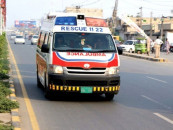


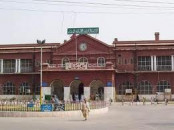
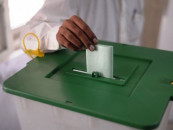
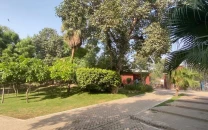
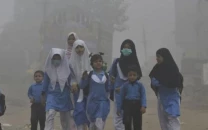




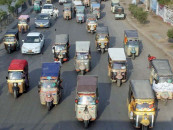






COMMENTS
Comments are moderated and generally will be posted if they are on-topic and not abusive.
For more information, please see our Comments FAQ